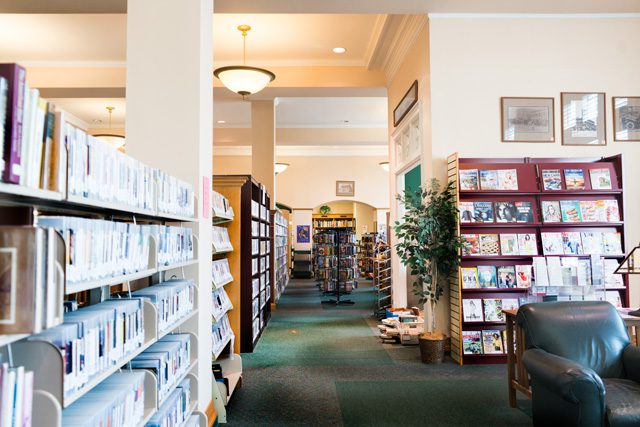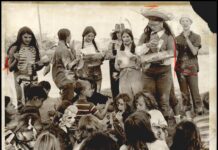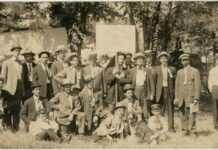
[dropcap]This[/dropcap] year marks the 100th anniversary of the last Carnegie Library granted to Oklahoma by the Carnegie Corp. of New York – a grant program that helped fund libraries that are still in use.
The state garnered 24 grants from 1899 to 1916 that totaled $464,500, more than $10 million in today’s money. The amounts of the individual grants ranged from $6,500 in Ponca City to $60,000 each in Oklahoma City and Muskogee.
During this time in our nation’s history, expansion of towns and small cities throughout the country was at a peak and the interest in public libraries was vast. Andrew Carnegie’s philanthropy was responsible for over 1,650 libraries built all across the United States and over 800 more worldwide. When deciding where to build the libraries, Carnegie looked at the towns themselves to find where the grants could benefit the most people.

To qualify for a grant, towns had to meet criteria that the Scottish-American industrialist personally established. This “Carnegie formula” included a town’s need for a public library, a provided or donated building site, and paid staff to maintain and run the library. The towns in which the libraries were built also had a small series of financial commitments. These included agreements to draw money from public coffers to run the library so as not to rely strictly on private donations and to annually provide 10 percent of the cost of the library’s construction to support its operation.
Of the two dozen libraries built in Oklahoma, seven no longer stand, nine have been repurposed as businesses or museums, and eight act as fully operational libraries.
It is obvious by the Bartlett-Carnagie Sapulpa Public Library’s name that staffers are proud that theirs is one of those eight remaining Carnegie Libraries. It was one of the last three Carnegie Libraries built in Oklahoma, receiving a $25,000 grant in January 2016 and opening in 1917. Martha Stalker, director of the Sapulpa library, is excited to celebrate the centennial next year. She and her staff want to have a full-blown party to make “a huge painting that depicts the theme of reading and reflects children’s books and scenes of popular books during that era of time to the present.”
The site of the Carnegie Library in Guthrie, Oklahoma’s original capital, still stands but is no longer a functioning library. Built in 1901, it was the second Carnegie Library built in Oklahoma. It remained a library until 1972, and was almost demolished to make way for a new building. A local philanthropist offered to fund a new building on the condition that the old one be saved. Now it is the site of the Oklahoma Territorial Museum. Historical events have also happened at this site, such as the inauguration of Oklahoma’s first governor, Charles N. Haskell, in 1907.
Carnegie’s legacy lives through the buildings, and the libraries feel fortunate to have pieces of history stamped into their walls. There is even a picture of Carnegie displayed in the Sapulpa’s library. “We really appreciate him,” Stalker says. “He has done so much for so many people.”
























